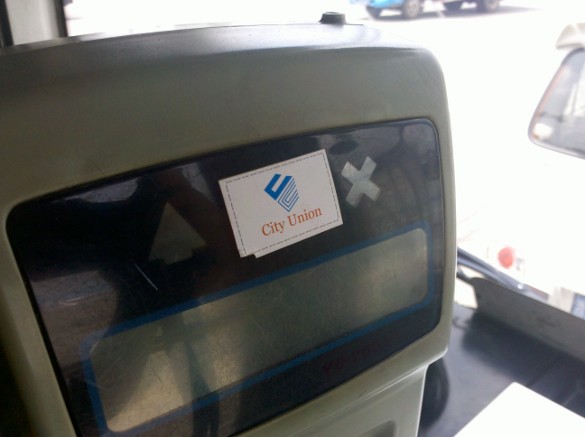Long time no see. I bought an Ar.Drone2 and try to do some development about it's hardware. However, on its website, it only tell us the function about the component but not the type of the component. So I decided to disassemble it and figure out what's on the drone's PCB.
After taking out drone's shell, I can see 2 PCB. The big one is motherboard, another small one is sensors board. The 3 axis gyroscope, 3 axis accelerometer and 3 axis magnetometer and a pressure sensor is one the sensor's board, and the ultrasonic sensors is also connected to this small board. There is also a PIC MCU on the small board to manage all the sensor and connect to the big motherboard.

There has so many component on the motherboard. 2 video cameras are connected one the bottom side of the motherboard. On the top side of the motherboard, there has 2 connector to connect the 4 motors. One connector is power supply, another one is signal line. There is an Qualcomm's AR6103 802.11 b/g/n Wifi Radio Chip which use to connect the Android phone or iPhone or iPad.
After taking out the shied, I can see 3 chips. Ti's TPS65921, Micron's MT46H32M32LFMA-5 IT with FBGA code: D9MBZ, a 200MHz 128M RAM and Micron's MT29F1G08ABBDAH4-IT with FBGA code: NQ278, an 1G SLC ECC NAND flash. But I can't see the CPU because the CPU is under the RAM by using the "Package on package" PoP-FCBGA package type just like the Raspberry Pi. Considerate the electronic assistance specification which published on the Ar.Drone's website that the CPU is 1GHz ARM® Cortex™ A8 + 800 MHz DSP TMS320C64+™ core and the frequents of the CPU, the footprint of the PoP RAM and the TI's power manage scheme, I can figure out that the CPU may be the TI's DM3730, Digital Media Processors.






Comments